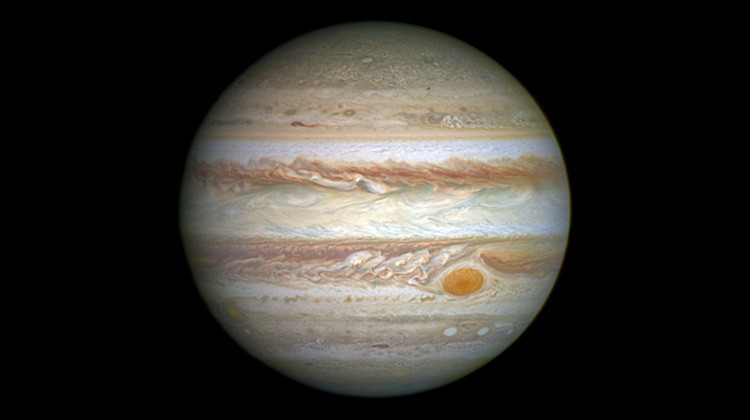Alpha Persei Cluster
Update: 2020-09-11
Description
The brightest star in the constellation Perseus is Mirfak, and it’s where you need to look to find this weekend’s target.
The Alpha Persei (PER-see-EYE) Cluster is an open cluster of hot, bluish-white B-type stars. These kinds of stars are so energetic, they don’t live long. So most of the B-type stars we can see in the night sky are, on the cosmic scale, practically newborns.
In fact, by the time most of the stars of the Alpha Persei Cluster first formed, including the bright Mirfak, the dinosaurs were already extinct. Mirfak itself is less than 50-million years old, but it’s already entered old age. It’s a supergiant, having ballooned up to about 60 times the size of our sun. And it’s bright too—five THOUSAND times brighter than the sun.
To find Mirfak, and therefore the Alpha Persei Cluster, look to the northeast. You can find Perseus beneath Cassiopeia in the northeastern sky. The later it is, the higher it will be, but if you miss it this weekend, don’t worry. It will be to the northeast in the evening through early winter.
Under dark skies, you can see the cluster with the naked eye, but if you’re near the city, or if the moon is out, you’ll need some help. A small telescope or even a pair of binoculars should provide enough magnification to notice a loose cluster of bright blue stars around Mirfak. That’s the Alpha Persei star cluster.
The prominence of the constellation Perseus in the evening sky is a sure sign of autumn. It means you’ll be able to observe WITHOUT the help of bug spray… very soon.
The Alpha Persei (PER-see-EYE) Cluster is an open cluster of hot, bluish-white B-type stars. These kinds of stars are so energetic, they don’t live long. So most of the B-type stars we can see in the night sky are, on the cosmic scale, practically newborns.
In fact, by the time most of the stars of the Alpha Persei Cluster first formed, including the bright Mirfak, the dinosaurs were already extinct. Mirfak itself is less than 50-million years old, but it’s already entered old age. It’s a supergiant, having ballooned up to about 60 times the size of our sun. And it’s bright too—five THOUSAND times brighter than the sun.
To find Mirfak, and therefore the Alpha Persei Cluster, look to the northeast. You can find Perseus beneath Cassiopeia in the northeastern sky. The later it is, the higher it will be, but if you miss it this weekend, don’t worry. It will be to the northeast in the evening through early winter.
Under dark skies, you can see the cluster with the naked eye, but if you’re near the city, or if the moon is out, you’ll need some help. A small telescope or even a pair of binoculars should provide enough magnification to notice a loose cluster of bright blue stars around Mirfak. That’s the Alpha Persei star cluster.
The prominence of the constellation Perseus in the evening sky is a sure sign of autumn. It means you’ll be able to observe WITHOUT the help of bug spray… very soon.
Comments
Top Podcasts
The Best New Comedy Podcast Right Now – June 2024The Best News Podcast Right Now – June 2024The Best New Business Podcast Right Now – June 2024The Best New Sports Podcast Right Now – June 2024The Best New True Crime Podcast Right Now – June 2024The Best New Joe Rogan Experience Podcast Right Now – June 20The Best New Dan Bongino Show Podcast Right Now – June 20The Best New Mark Levin Podcast – June 2024
In Channel














